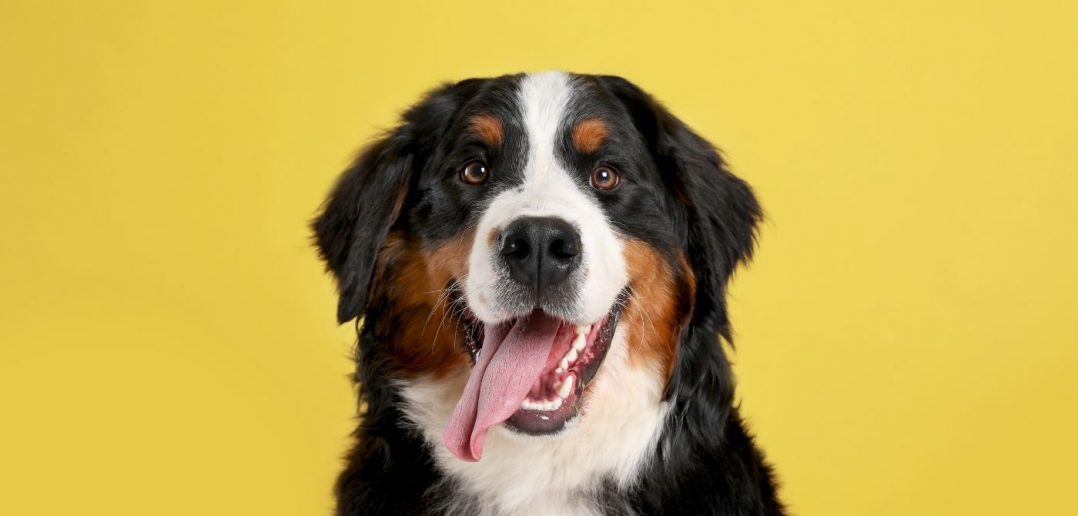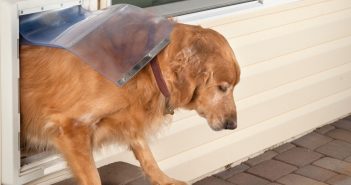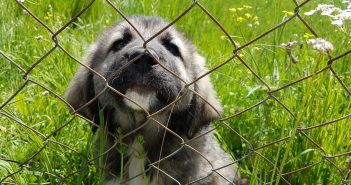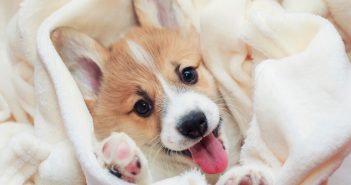If you’ve ever owned a fluffier dog, you’ve probably heard a thing or two about its undercoat. Thicker than the fur you see on the surface, this additional layer of hair sits closer to your pet’s skin and has several useful functions. However, just because you know it exists, doesn’t always mean you’re familiar with what it does or how to groom it properly. This is what it helps to know about a dog’s undercoat to give your pet the best care possible.
Undercoats Are for Temperature Control
First and foremost, you should understand the purpose of an undercoat. Primarily, it serves as a temperature regulator for both hot and cold climates. This fur will bulk up in the winter—helping trap a dog’s body heat and giving it a higher tolerance to frigid conditions. On the other hand, the coat will thin and start falling out in the summer to keep the animal cool. Double-coated dogs also have more skin protection from the sun or other potentially harmful irritants.
Not All Dog Breeds Have an Undercoat
You should also note that not all dogs even have an undercoat. Breeds native to colder regions will often have them—such as German shepherds, Pomeranians, and huskies. However, dogs with fluffier surface coats, like the rough collie, have them as well.
Dogs bred for hunting and swimming won’t have these coats because they need to run fast without the extra weight to hinder them.
Undercoat Grooming Requires Specific Tools
Another important thing to know about a dog’s undercoat is that grooming it with a surface brush alone won’t work. Many pet owners think it’s enough to brush the surface of their dog’s coat. Unfortunately, this simply doesn’t cut it for dogs with undercoats because traditional tools won’t reach deep enough. This is why, according to this article by Sensei Shear Systems, dog groomers use a plethora of different shears to get the job done correctly. Taking a dog with an undercoat to a groomer is always a good idea but if you’re looking to groom your own, be sure to look for grooming tools specific to the breed.
Undercoats Need Regular Brushing
Make sure to remember that undercoats require frequent grooming—especially in warmer weather. In fact, you should probably get into the habit of brushing out your dog’s fur at least once every other day (if not every day). Otherwise, you risk your dog becoming too warm and feeling uncomfortable.
So, as you can see, your dog’s undercoat plays a vital role in its everyday comfort, and it isn’t often as easy to manage as the top layer of fur. Because of this, it’s essential that you stay on top of grooming your pet. You can even ask your groomer for some advice on how to control shedding and matting. These steps, combined with your current care, will get you one step closer to being the best pet parent you can be.




